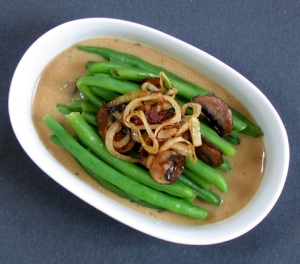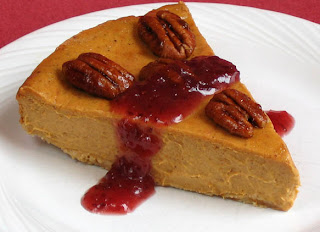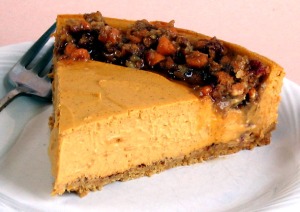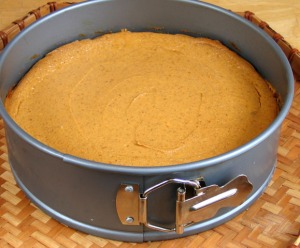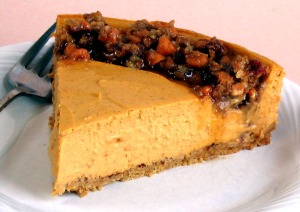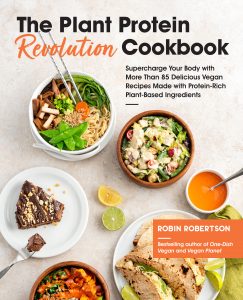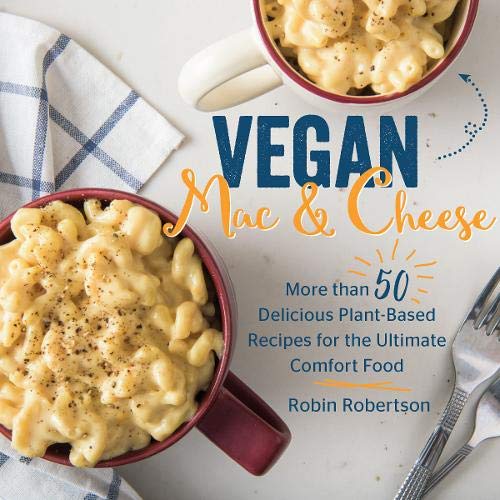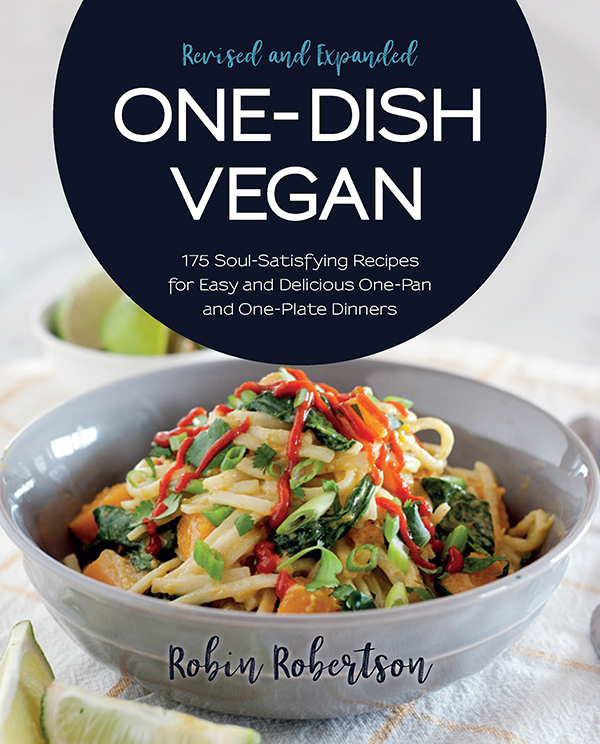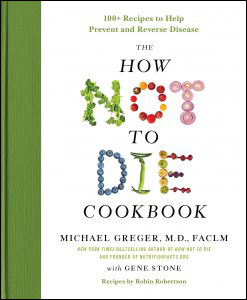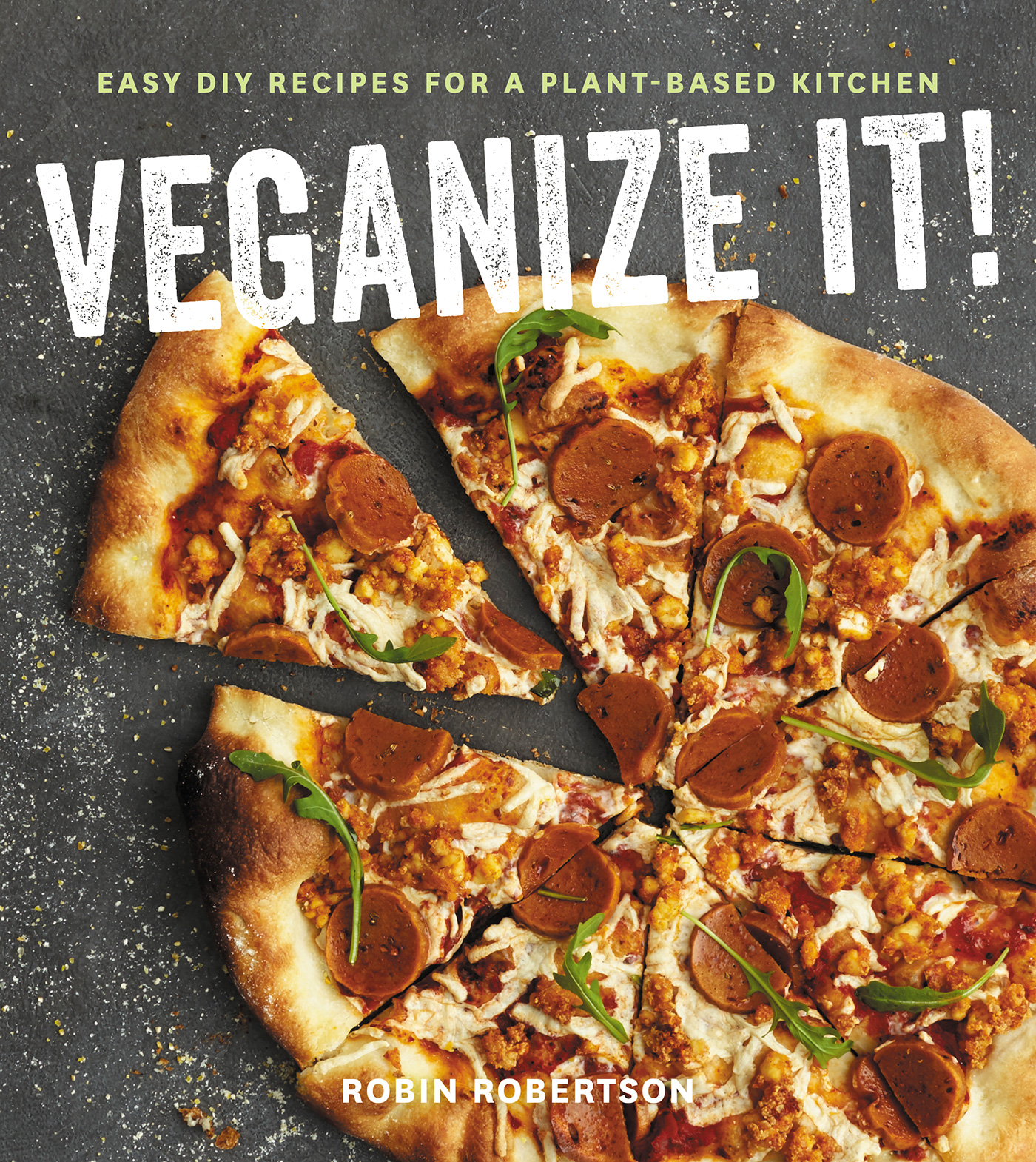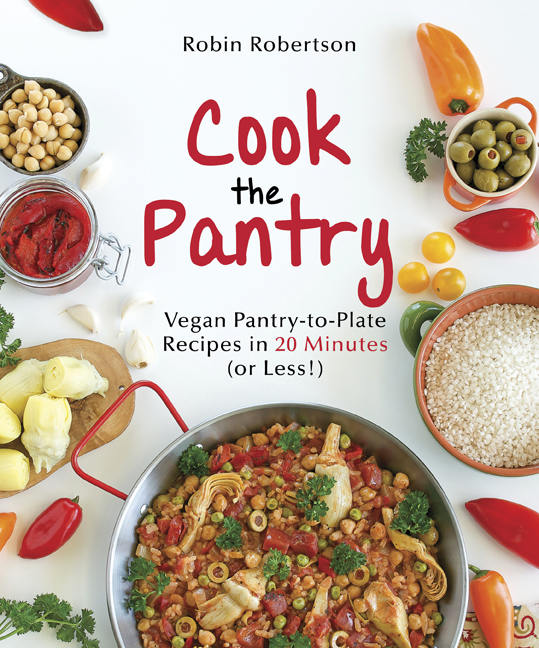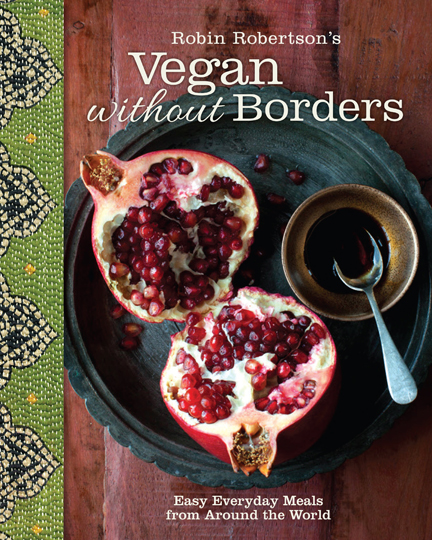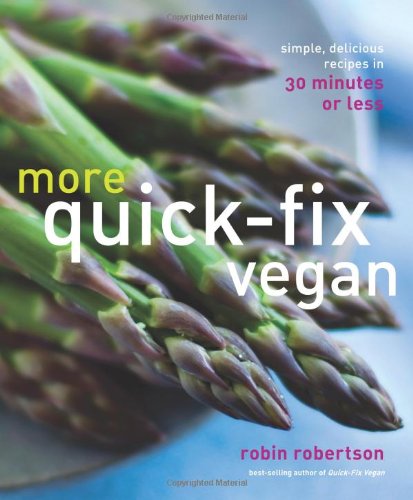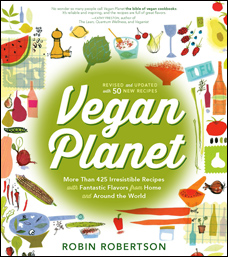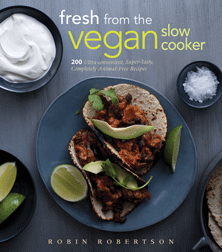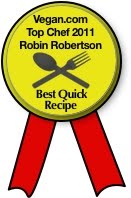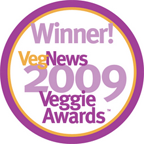The traditional green bean casserole found on many dinner tables on Thanksgiving takes a lot of ridicule. And it’s no wonder, considering that the original recipe calls for canned mushroom soup, canned green beans (although there is a frozen green bean version), and canned fried onions. The resulting casserole, although it has a certain retro comfort food appeal, is not the healthiest, nor is it the tastiest, if what you want to taste are green beans as opposed to sodium.
I’ve created many healthier versions of the casserole, using fresh green beans and healthier sauces — one recipe even uses pureed white beans in the sauce. But it still remained a casserole, and the green beans, while tasting much better, still didn’t shine as much as they deserved. That’s why this year, I’m deconstructing the venerable casserole.
I know a lot of people roll their eyes at the whole “deconstruction” thing, but it’s a perfect way to describe this dish. Essentially, I’ve taken the elements of the casserole: the green beans, mushrooms, sauce, and onion rings (in this case, shallot rings) and let each element stand on its own, allowing you to combine at will. For my own part, I’ve enjoyed sampling each flavor on its own, as well as taking various bites that included a little of all or most of the elements.
I’ve provided two ways to cook the green beans initially — the more traditional steamed method which brings out the wonderful natural flavor of the beans (just be sure to watch them carefully as they can go from too firm to too soft in a matter of seconds.) I’ve also included the option of roasting the green beans before adding to the “casserole” — roasting give the beans a totally different character, both in terms of flavor and texture.
To give you an idea of how they look, the photo above in the casserole dish shows the steamed beans, while this is a photo of the roasted beans:
And this photo shows a portion of steamed beans served in a very frou-frou manner, flanked by its own little bowls of mushrooms sauce and crispy shallot rings — just in case there’s anyone who wants to serve their Thanksgiving dinner in separate courses (!). Probably not the best way to serve a table full of hungry people. 😉 (and can you just imagine the pile of dirty dishes???)
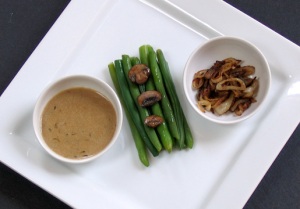
Here’s the recipe:
Deconstructed Green Bean Casserole
Note: Instructions are provided for either roasting or steaming the green beans.
1 1/2 pounds fresh green beans, trimmed
3 medium shallots, cut into thin rings
1 tablespoon olive oil
6 ounces mushrooms (cremini or shiitake are good), sliced
1/2 cup minced onion
2 garlic cloves, minced
1/2 teaspoon dried thyme
1/4 teaspoon dried marjoram
3 tablespoons all-purpose flour (or gluten-free flour)
1 cup mushroom broth (use a porcini or other mushroom bouillon cube)
1 cup plain unsweetened nondairy milk
Salt and freshly ground black pepper
Preheat the oven to 425°F.
1. To steam the green beans: Place the green beans in a steamer pan over boiling water. Reduce the heat to a simmer and cook until the green beans are just tender. Remove from the steamer and set aside.
To roast the green beans: Spread the green beans in a single layer on an oiled rimmed baking sheet. Drizzle with a little olive oil and roast until tender, about 30 minutes, turning once about halfway through. Set aside.
2. Arrange the shallots on an oiled baking pan and roast until golden brown, about 20 minutes, turning once about halfway through.
3. Heat the oil in a large skillet over medium-high heat. Add the mushrooms and saute until softened and slighted browned. Remove the mushrooms from the skillet and set aside. In the same skillet, over medium heat, add the onion, cover, and cook until softened, about 5 minutes. Add the garlic, marjoram, and thyme. Stir in about half of the reserved mushrooms and sprinkle with the flour. Stir in the broth, stirring to thicken. Stir in the nondairy milk and simmer, stirring, until thick, about 5 minutes. Season to taste with salt and pepper and transfer to a casserole dish.
4. Arrange the reserved mushrooms on top of the sauce, then arrange the green beans on top of the mushrooms, with the roasted shallot rings on top. Serve hot. If making ahead, the casserole can be refrigerated and then covered and reheated in the microwave or the oven until hot.
Serves 4 to 6
There’s lots more coming up in the next week to help you make a delicious and cruelty-free Thanksgiving meal that everyone will enjoy. For another amazing side dish, check out my recipe on
OneGreenPlanet for
Roasted Sweet Potatoes and Crispy Kale Ribbons, complete with a holiday variation. (Please “Like” this
recipe on OneGreenPlanet, and share it with your friends on Facebook and Twitter.
SPECIAL ANNOUNCEMENT: I will be participating in the VegNews Twitter Chat tomorrow night at 6pm PT/9pm ET. Join Julie Hasson (@everydaydish), Annie Shannon (@AJShannon), and me (@GlobalVegan). Let’s chat turkey (free)!


